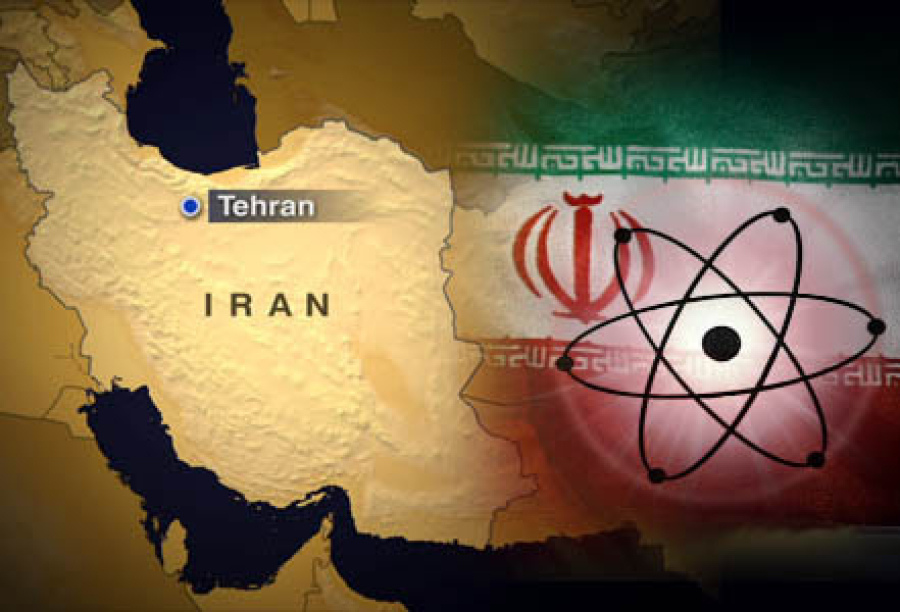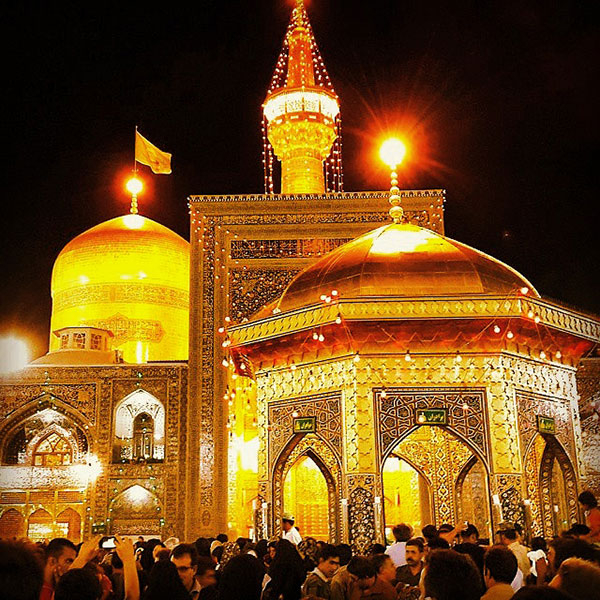By: Syed Nawazish Raza from Pakistan
Iran’s nuclear program has remained at the center of global attention for the past two decades.
According to the IAEA report (March 3, 2025), Iran’s stockpile of enriched
uranium increased up to 60% from 182 kg to 275 kg in the last three months (a quarterly increase of 93 kg, averaging 31 kg per month). The IAEA states
that Iran is the only non-nuclear weapon state enriching uranium to this level. close to the 90% enrichment threshold required for nuclear weapons.
If this pace continues, Iran could possess enough material to build multiple nuclear weapons by the end of 2025.
The United States, Israel, and European countries are fully aware that Iran has the technical capability to build nuclear weapons but avoid acknowledging this publicly. This article reviews the current status of Iran’s nuclear program,
its regional and global consequences, and the possible outcomes of Iran-U.S.
talks in Muscat.
The Joint Comprehensive Plan of Action (JCPOA), signed on July 14, 2015, was
an international agreement between Iran and major world powers (China,
Russia, France, Germany, the UK, the U.S., and the EU). However, in May 2018,
the U.S. (under the Trump administration) unilaterally withdrew from the
deal, refused to uphold its terms, and imposed further sanctions on Iran.
Efforts to revive the JCPOA during President Biden's term (2021–2022) failed,
and from 2023 to 2025, negotiations have effectively stalled.
Since 2015, Iran has limited the International Atomic Energy Agency's (IAEA)
access to its nuclear program, arguing that the agency could serve U.S. and
Israeli interests.
Key incidents support Iran’s concerns:
- In 2010, the Stuxnet virus targeted Iranian centrifuges.
- In 2018, Israeli PM Netanyahu leaked secret documents from Iran’s nuclear
archives.
- In 2020, top nuclear scientist Mohsen Fakhrizadeh was assassinated.
- Media leaks of sensitive nuclear sites and timely Israeli media revelations
following IAEA inspections suggest potential intelligence activity within
inspection teams.
The U.S., Europe, and Israel recognize that:
“If no new agreement is reached between Iran and the U.S., Iran will rapidly
advance its nuclear program.”
Major Iranian Nuclear Facilities:
1. Natanz: Iran's largest underground uranium enrichment center with
advanced IR-6 centrifuges.
2. Fordow: Built into a mountain, capable of 20% and 60% uranium
enrichment considered naturally secure.
3. Arak: A heavy-water reactor with plutonium production capability.
4. Esfahan: Key center for uranium conversion and nuclear research.
5. Bushehr:A civilian 1,000 MW nuclear power plant built with Russian
support.
6. Shiraz: Underground center for medical research and radio-
pharmaceuticals.
7. Karaj: A facility for nuclear fuel research and training scientists.
8. Lashkarabad: A secret site inaccessible to IAEA.
9. Chabahar: Under-construction nuclear project near Pakistan, with Chinese
collaboration.
10. Yazd: Facility for managing nuclear waste and radioactive material
recycling.
Despite possessing the technical ability to build nuclear weapons, Iran has not
shown decisive political will to do so. The primary reason is a fatwa (religious
decree) by Supreme Leader Ayatollah Ali Khamenei, explicitly declaring the
production, stockpiling, and use of nuclear weapons as forbidden (haram).
This decree has become the cornerstone of Iran’s nuclear policy.
However, this does not eliminate the possibility that under extreme military
pressure or provocation from Israel or the U.S., Iran might be compelled to
shift course.
Why Hasn’t Iran Conducted a Nuclear Test Despite its Capabilities?
Iran consistently claims its nuclear program is for peaceful and civilian
purposes. Still, it could adopt a "nuclear ambiguity" policy—implying nuclear
capability without overt declaration.
Iran's strategy is based on a cautious balance: reaching the nuclear threshold
without crossing it, to reap strategic benefits without violating international
law.
This includes:
- 60%+ uranium enrichment
- Deployment of advanced centrifuges
Hypersonic missile tests
- Ambiguous political/military statements like: “We’re ready if needed.”
Through this, Iran strengthens its deterrence strategy and bargaining position
at the negotiation table.
On April 9, 2025, during National Nuclear Technology Day, Iran
showcased major developments at the Atomic Energy Organization of
Iran (AEOI) headquarters:
1. IR-9 centrifuge: 50 times more efficient than previous models.
2. New underground facility near Shiraz, designed with advanced
environmental and security features.
3. “Made in Iran” radiopharmaceuticals for cancer treatment; nuclear energy-
based polio vaccine production.
4. Bushehr-2 nuclear power plant progress, targeted for completion by 2030
with Russian support.
5. Thorium-based energy research a potential alternative to uranium.
6. Drought-resistant wheat varieties developed using nuclear radiation; use of
nanotechnology for enhanced industrial materials.
7. Nuclear-powered batteries for future satellite missions.
Message to the World Pre-Muscat Talks:
Iran conveyed a strong message: despite sanctions, it has achieved nuclear
and scientific self-reliance. While asserting peaceful intent, Iran made it clear
that it now has the capability to build nuclear weapons, and its program has
reached a point of no return.
Message to Israel:
“We are technologically close enough to build nuclear weapons—don’t make
the mistake of attacking.”
This serves as a strategic deterrent to prevent Israeli aggression.
Message to the U.S.:
If the U.S. refuses equal and respectful negotiations or fails to lift sanctions,
Iran will continue on its current path. Iran has surpassed the point where
reversing nuclear progress is feasible.
Possible Responses from Israel and the U.S.
Israel:
- Might target Iranian scientists, facilities, or supply chains.
*But:*
- The U.S. will likely avoid direct military conflict due to:
- Ongoing war in Ukraine
- Risk of Middle East escalation following Iranian retaliation
*Probable U.S. Responses:*
- Trump may issue aggressive statements to appease Israel but avoid military
action.
- The U.S. establishment (CIA, Pentagon) prefers a diplomatic solution.
Western intelligence agencies (CIA, MI6) closely monitor Iran’s nuclear
advancements:
- Iran has enriched uranium to 60%, with 90% capability.
- Advanced IR-6 and IR-9 centrifuges are operational.
- Research reactors and heavy-water technology show significant progress.
Thus, even if not acknowledged publicly, it’s widely accepted in Western
intelligence circles that Iran has crossed a critical nuclear threshold. Still, they
maintain pressure to avoid provoking Israel or legitimizing Iran’s stance.
What Does the U.S. Want from the Muscat Talks?
Will the U.S. seek a return to JCPOA through diplomacy or maintain pressure and covert actions to preserve its superpower status?
Diplomacy appears to be the only viable path forward. Economic sanctions haven’t curbed Iran’s progress, and military action could ignite a global conflict.
Iran has demonstrated enough military and nuclear power to convince the U.S. that it now sits across a more equal, confident counterpart at the negotiation table.
While Trump may continue his hardline rhetoric, he will have to show
flexibility internally because Iran is now speaking the language of technology, not pressure.
Conclusion:
During the Muscat nuclear talks, Iran held a strong position. The atmosphere was notably positive. Analysts suggest that Iran, backed by technology and
strategic maturity, has emerged as a new reality on the world stage.
Now, the question is: how will the world perceive and respond to this
new reality?


















